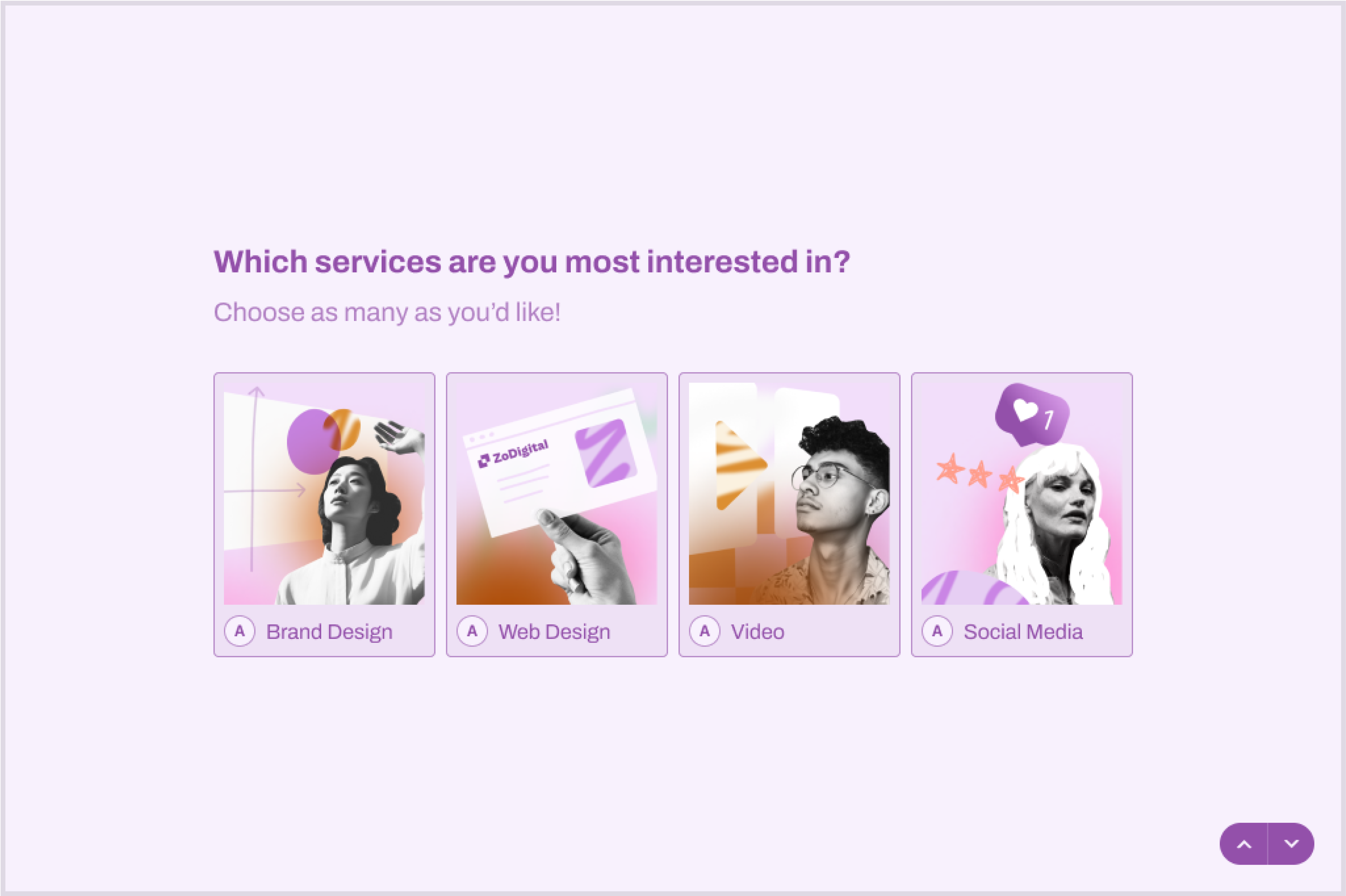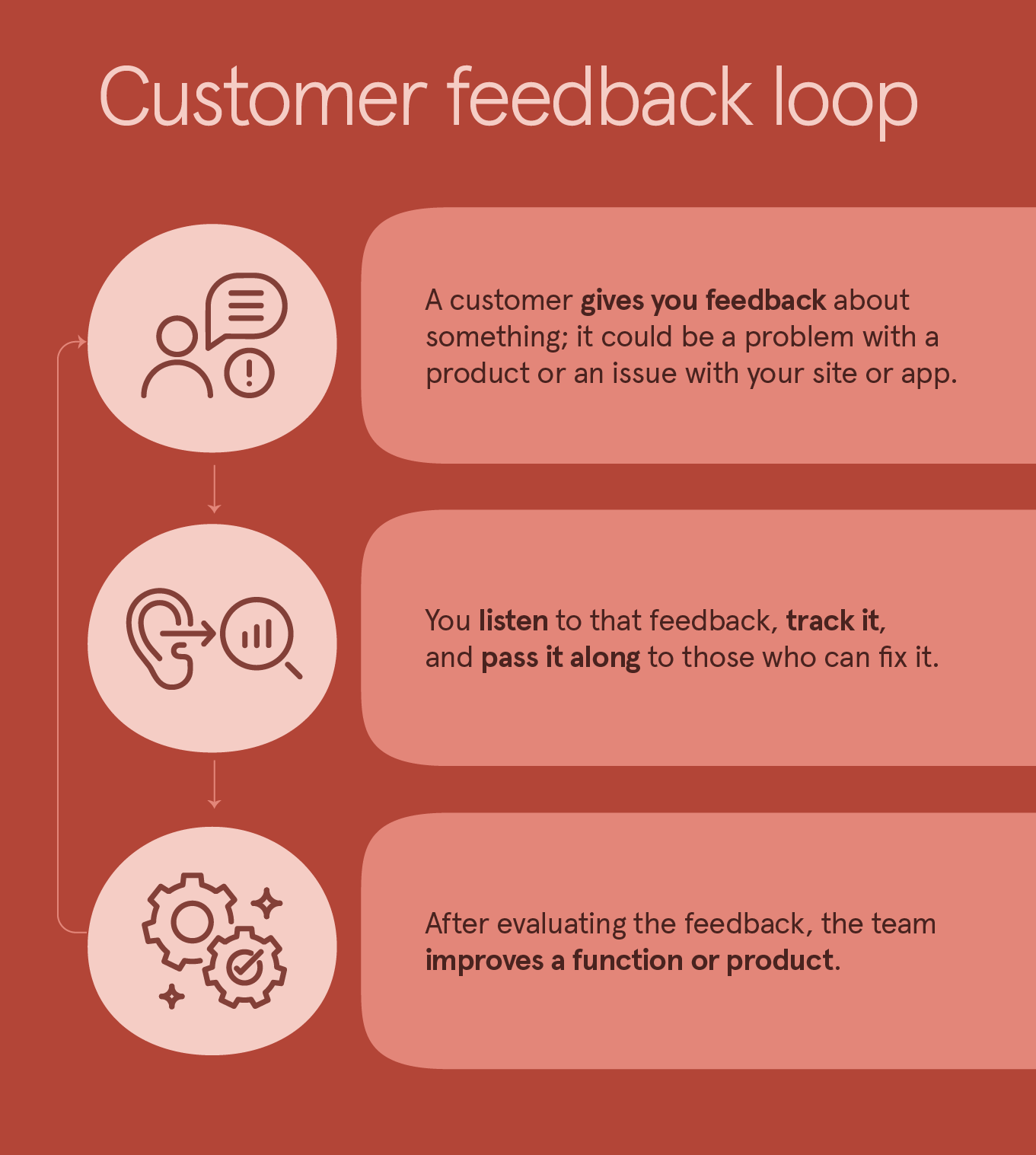5 ways to make your marketing strategies more human
A humanized marketing approach can make all the difference in building consumer trust, especially in a new age of AI and automation. Here are a few strategies that can help.

Contents
What do brands like Dove, Patagonia, and Ben & Jerry’s have in common? Other than stellar products, their success comes from winning trust with their audience by communicating and demonstrating strong shared values. Whether it’s body positivity, a relationship with the earth, or social activism—these values are deeply human.
More than ever, earning consumer trust is crucial for businesses. In a 2023 Edelman Trust Barometer Special Report, 71% of consumers said it’s more important to trust the brands they buy and use today than in the past. And regarding business outcomes, 59% are more likely to purchase, and 67% become loyal customers and advocates when they trust brands.
As the brand examples above prove, you earn trust by connecting with your audience on a human level. Robotic marketing, whether AI creates it or not, is a turn-off. Customers can smell salesy, impersonal, or inauthentic marketing instantly.
But when you show your brand is genuine, caring, and relatable—and human—customers take notice.
Here are five ways to make your marketing more human and earn trust in the process.
1. Consistently communicate your brand voice and personality
To attract customers and brand advocates, present a clear and authentic point of view that represents who you are as a brand. That requires a distinct brand identity.
What’s your organization’s mission? What’s your brand voice or the message you want to get across to your audience? What makes your company, ideas, and language unique? Make sure these tenets guide and are present in your marketing.
When you can convey what sets your brand and customers apart in a distinct style, it makes you a better storyteller. It gives context, cohesion, and color to your content. When you have strong opinions and expertise in your industry, it provides a steady stream of ideas and themes to create content around. Storytelling is part of the human experience, and the way each person or organization does it makes their own unique style. It’s something we all share and a way to translate how we see and interact with the world.
And from a business standpoint, communicating in a recognizable way makes your marketing memorable, which increases brand recall—the biggest driver of brand lift in digital media.
2. Understand your customers, their needs, and their challenges
To reach your audience with relatable and relevant marketing that shows you really get them, you have to know them. That’s why defining, refining, researching, and understanding your audience is key.
A great foundation is to develop holistic buyer personas that go deeper than the basic demographics. Think about all the insights that' ll help you reach your audience with messages that resonate.
For example, you’ll want to ask questions like:
- The channels where they’re most active, so you know how best to reach them
- What unique problems they have that your product and services can solve
- Their goals and aspirations that your brand and products can support
- What they find interesting, inspiring, and entertaining to help shape and align your content
Understanding your customers on a deeper level will enable you to empathize with them. Demonstrating empathy to your audience shows that you’re listening to them and you care, which is huge for humanizing your interactions.
Ask your customers directly about their preferences, frustrations, expectations, desires, and other relevant subjects. Creating a survey to send to your target audience is an effective way to get the most reliable and accurate information.
3. Gather and implement customer feedback
In addition to learning about your customers as individuals, it’s important to learn about their experience with your brand and products. Their feedback will supply the knowledge to improve different aspects of your business, from products to customer service and marketing.
Feedback can come in many forms, from customer reviews to customer support conversations, social media conversations, sales calls, and surveys. These sources will provide invaluable qualitative data straight from the voice of the customer (VOC).
With this intel, you can extract insights like:
- Your product’s most common or valuable use cases
- Which features customers dislike or have problems with
- What’s missing from your product that customers want to see
Collecting, acknowledging, and acting on customer feedback is another way to earn trust. It proves you listen to and value your customers’ opinions and concerns.
Another powerful form of feedback is user-generated content (UGC). This is the content your customers create willingly and organically, like social media content and product reviews. UGC is an impactful way to humanize your marketing because consumers trust and relate to content from fellow buyers. According to TINT’s 2024 State of Community Powered Marketing, “Consumers trust authentic, unpaid reviews from real customers more than any other type of content.”
Integrate and promote UGC about your brand and products on your website, emails, social media content, and any other relevant channels. When you receive a negative review or other feedback, address it promptly and offer solutions.
4. Provide exceptional support and access to customers
By prioritizing genuine, timely, and helpful interactions with your customers, you can go beyond transactional relationships to form stronger connections.
There are various opportunities to provide great customer support and elevate the customer experience across your different touchpoints.
Respond to customer outreach promptly and empathetically. This shows that there are real people behind your brand who care. Acting quickly to resolve issues and respond to questions can help save at-risk customers and signal to the rest of your audience that you’re committed and accountable.
Provide multiple ways for customers to get in touch through calls, emails, direct messages, and live chat. Track and store these interactions in your customer relationship management (CRM) platform or other system. Repurpose them as helpful, detailed FAQ pages and resources. Again, this shows your brand listens and wants to help.
5. Personalize the customer experience
Personalizing your marketing is another way to add a human touch by providing your audience with valuable, relevant content. Personalized marketing is like white-glove service for your customers. It shows greater care and attention by tailoring your marketing effortso the individual preferences and needs of your audience.
By leveraging zero- and first-party data to segment your customers based on their behaviors, purchase history, and reported interests, you can send personalized offers and recommendations. These targeted messages differentiate your outreach from the barrage of competitors deploying broad messages that don' t appeal to their intended audience.
At this stage of the game, personalization should be the standard. A McKinsey report found that 71% of consumers expect personalization from companies, and 76% become frustrated when it’s missing. Plus, companies that outperform others in personalization generate 40% more revenue.
Knowledge is power
Humanizing your marketing isn' t just about winning customers—it' s about building lasting relationships based on trust and empathy. By prioritizing these principles in your marketing efforts, you can differentiate your brand, drive loyalty, and achieve long-term success in a crowded playing field.
Start putting these practices into action by better understanding your audience and their perception of your brand. Check out these templates to survey your audience for feedback:
Liked that? Check these out:

Tips
Powered by AI, led by humans: 3 ways to use AI in your HR workflows
Balance efficiency and scale in recruitment, onboarding, and employee engagement with conversational forms that make employees feel valued and heard. Try these practical ways to use AI while bringing a human approach to employee engagement.
Más información






